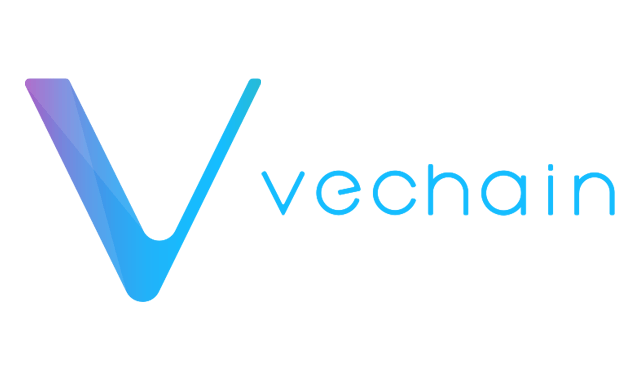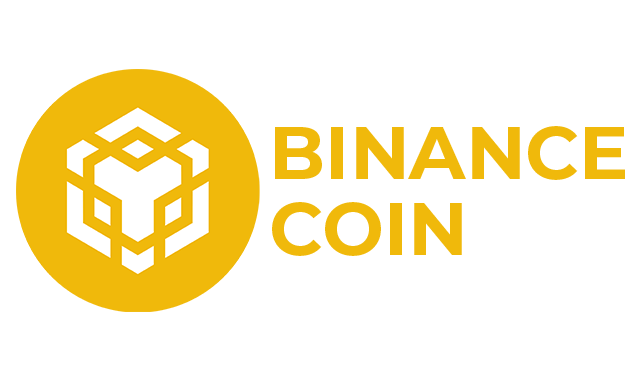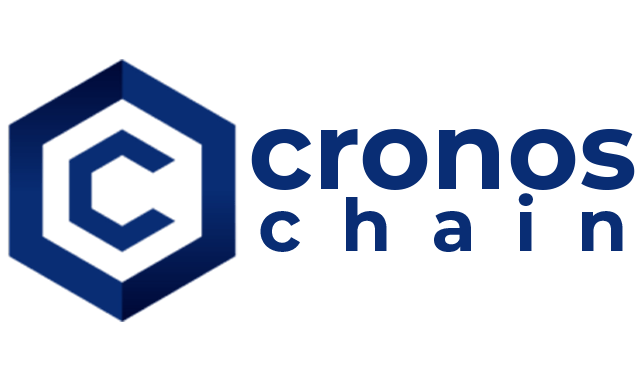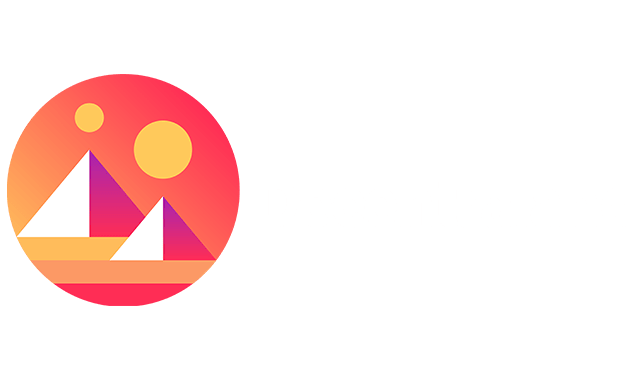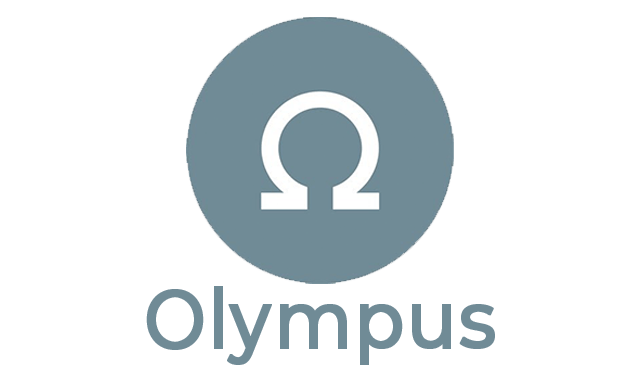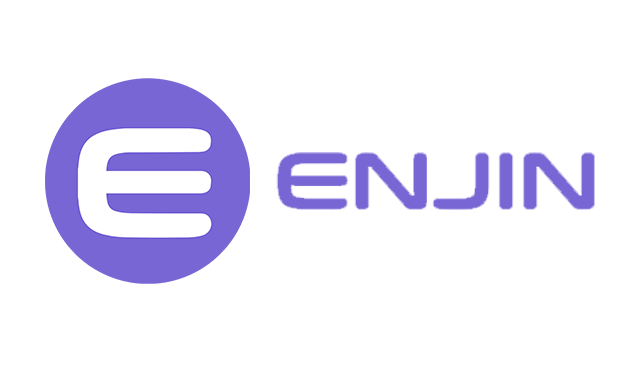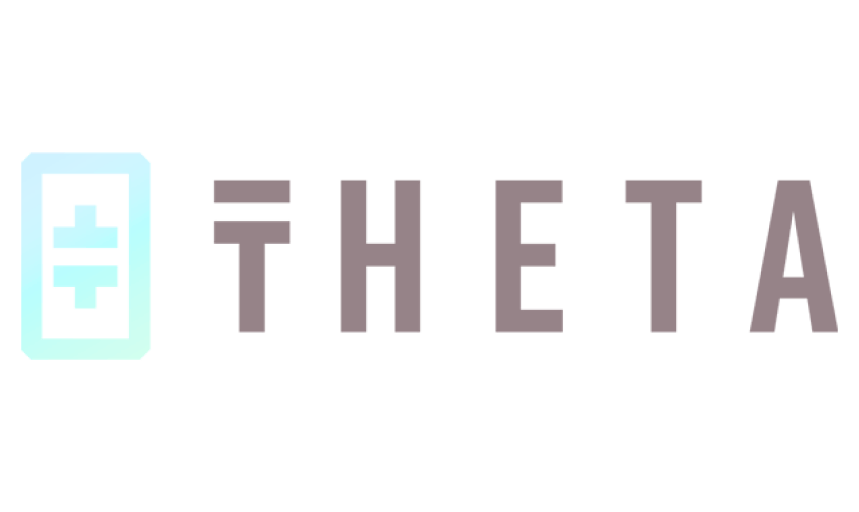Layer 2: Scaling New Heights in Efficiency and Speed!
Scale up and speed up your transactions with Layer 2 solutions. Join the blockchain revolution and experience faster, cheaper, and greener transactions.

Polygon
Are you looking for a well-rounded, innovative cryptocurrency to invest in? If so, then Polygon (MATIC) should be at the top of your list.
Polygon is an Ethereum-compatible blockchain that has been gaining some attention in the crypto world as of late. It’s especially popular with investors who are looking for low transaction costs, scalability reliability, and general satisfaction with their investments.
The goal of this article is to introduce you to Polygon (MATIC). We’ll cover all its features— how it compares to other cryptocurrencies on the market today so that you can make an informed decision about investing in it. We’ll also know the Polygon price today (USD Price) and why buy Polygon tokens.
What is Polygon (MATIC)?
Polygon (previously known as Matic Network) is a Layer 2 (L2) scaling solution for Ethereum (ETH) blockchains, designed to improve its speed and efficiency. It is an open-source platform that provides a set of tools and infrastructure to make it easier for developers to build and deploy decentralized applications (dApps) on ETH.
Polygon achieves this by using a network of sidechains that are connected to the Ether mainnet. These sidechains operate independently of the main chain, allowing for faster transactions and lower fees. They can also support different consensus mechanisms and other features that are not available on the main chain.
The Polygon system also includes a range of other features, such as:
- A Plasma framework for building scalable blockchain applications
- A Proof-of-Stake consensus mechanism that rewards network participants for staking their tokens
- A decentralized exchange (DEX) called QuickSwap operates on the Polygon system
By offering faster transactions, lower fees, and a greater number of transactions per second, Polygon makes Ethereum more accessible to developers and users and facilitates the growth of the decentralized finance (DeFi) ecosystem.
How does Polygon work?
Polygon aims to address ETH’s throughput issues by providing faster and cheaper transactions with high throughput.
Polygon achieves this by using a combination of several technologies, including Plasma, PoS (Proof of Stake), and other off-chain solutions. It operates as a sidechain to the second-largest blockchain, the Ethereum network, which means that it is a separate chain that can interact with Ether Blockchain. This allows users to move digital assets and data between the two networks without having to pay high fees or wait for long confirmation times.
One of the key features of Polygon is the ability to create multiple chains or “commit chains” that can handle on-chain transactions independently. These chains can be customized for different use cases and can interact with each other, allowing for a flexible and scalable network. This also allows developers to create their own blockchain applications with lower fees and faster transaction speeds which are approximately 7,000 transactions per second.
Polygon also uses the PoS consensus mechanism, where validators stake their tokens to secure the network and earn rewards. This is in contrast to ETH’s current PoW (Proof of Work) mechanism, which is more energy-intensive and slower. The PoS mechanism used by Polygon is designed to be more energy-efficient, making it more environmentally friendly.
While the Polygon protocol is primarily used for cryptocurrency transactions, it is possible to use fiat currency to purchase MATIC through various cryptocurrency exchanges that support fiat deposits. These exchanges typically allow you to purchase MATIC with a fiat currency of your choice such as USD, EUR, or other local currencies using bank transfers, credit cards, or other payment methods.
The Technology Behind Polygon (MATIC) Protocol
Polygon (formerly known as Matic Network) aims to provide faster and cheaper transactions while retaining the security and decentralization of the Ethereum network.
The technology behind Polygon consists of several key components:
- Plasma Side Chains: Polygon uses Plasma, a Layer 2 scaling technique that allows for offloading transactions from the main Ethereum chain to a sidechain or off-chain. This reduces the load on the Ethereum network and speeds up transaction processing times.
- Proof-of-Stake: Polygon uses a Proof-of-Stake consensus mechanism to secure its network. This means that node operators are selected based on the number of tokens they hold and stake in the network.
- Polygon SDK: Polygon provides a software development kit (SDK) that allows developers to build and deploy their own blockchain networks, while still being connected to the Ethereum network. This makes it easier for developers to create blockchain applications on the Polygon protocol.
- Ethereum Virtual Machine (EVM) compatibility: Polygon is compatible with the Ethereum Virtual Machine (EVM), which means that ETH blockchain applications can be easily ported over to the Polygon protocol. This allows for a seamless transition for developers and users. And since Polygon is compatible with EVM then it means that it is compatible with Ethereum-based smart contracts written in languages such as Solidity.
- Bridging: Polygon provides bridging capabilities that allow users to move assets between different blockchain networks. For example, users can transfer assets from the Ethereum blockchain network to the Polygon network and vice versa.
- Polygon PoS chain: Polygon also has its own PoS chain, which serves as a Layer 1 solution. This chain allows for faster and cheaper transactions compared to the Ethereum mainnet.
- Optimistic Rollups: Polygon also uses Optimistic Rollups, a technology that bundles multiple transactions together into a single batch, reducing the gas fees required for each transaction. Optimistic Rollups allow for faster and cheaper transactions without sacrificing the security of the network.
What Makes Polygon (MATIC) Unique?
Here are some factors that make Polygon unique:
- High Scalability: Polygon uses a unique architecture known as the Polygon Network, which is designed to provide high scalability for Ethereum. It uses a Proof of Stake consensus mechanism, which allows for fast block confirmations and high transaction throughput.
- Low Transaction Fees: The Polygon Network is designed to be more cost-effective than the Ethereum network, with significantly lower gas fees. This makes it more accessible to developers and users who are looking for a cheaper alternative to Ethereum.
- Interoperability: Polygon is designed to be interoperable with other blockchain networks. This means that it can communicate and share data with other blockchain networks, making it easier for developers to build cross-chain applications.
- Decentralized Security: Polygon leverages Ethereum’s security model to provide decentralized security for its network. This means that it is protected by Ethereum’s robust security infrastructure, which makes it more secure and less prone to hacking attacks.
- Ecosystem Support: Polygon has a growing ecosystem of developers, projects, and users, who are building and using applications on its network. This makes it a vibrant and active community, which is attractive to developers and investors looking to get involved in the blockchain space.
Community and partnerships of Polygon (MATIC)
Polygon has formed partnerships with a number of blockchain projects and organizations, including:
- Aave: Polygon partnered with Aave to enable faster and cheaper transactions for the lending and borrowing protocol.
- Curve Finance: Polygon integrated with Curve Finance, a DEX for stablecoins, to provide faster and cheaper transactions.
- Chainlink: Polygon partnered with Chainlink to enable decentralized oracles on the Polygon network.
- Opensea: Polygon has partnered with Opensea, a leading NFT marketplace, to enable faster and cheaper NFT transactions.
- Polymarket: Polygon partnered with Polymarket, a trustless information marketplace, to provide faster and cheaper transactions for prediction markets.
- Atari: Polygon partnered with Atari, a well-known gaming company, to build blockchain-based games and experiences.
- Cometh: Polygon partnered with Cometh, a DeFi-powered web3 gaming platform, to enable faster and cheaper transactions for users.
- Ankr: Polygon partnered with Ankr, a distributed cloud computing platform, to enable distributed hosting for blockchain applications built on the Polygon network.
Where to sell or buy Polygon (MATIC)?
Polygon (MATIC) can be bought or sold on various crypto exchanges. Some of the popular exchanges where you can buy or sell MATIC include:
- Polygon Bridge
- Binance
- Coinbase
- Uniswap
- Sushiswap
- Kraken
- Uphold
- KuCoin
- Bitstamp
- Huobi Global
How can Polygon (MATIC) be mined?
Polygon (MATIC) cannot be mined using traditional mining methods as it uses a Proof-of-Stake (PoS) consensus mechanism. Node operators are chosen based on the number of tokens they hold and are willing to “stake” as collateral. Node operators validate transactions, create new blocks, secure the network, and are rewarded with transaction fees and new tokens. Becoming a validator requires technical knowledge and significant resources. Alternatively, users can earn MATIC’s tokens by participating in liquidity mining or yield farming programs on DEXs.
How does Polygon (MATIC) compare against its competitors?
In comparison to its competitors, such as Binance Smart Chain (BSC) and Solana (SOL), Polygon offers some distinct advantages.
Polygon is built on top of Ethereum, which means it can scale Ethereum without sacrificing security. This is a significant advantage as Ethereum is one of the most secure and battle-tested blockchain networks in the world. BSC, on the other hand, is built on BNB Chain, which is a less secure network than Ethereum.
The platform also offers a high level of interoperability with Ethereum. This means that any Ethereum-based application can easily be ported to Polygon, making it easier for developers to access or build on the platform. In comparison, BSC has limited interoperability with Ethereum same as the limited interoperability of Bitcoin with the Polygon network.
Additionally, Polygon offers extremely low transaction costs, making it more affordable for users to interact with blockchain applications built on the platform. Solana also offers low transaction costs, but its network has experienced congestion and downtime in the past, leading to concerns about its reliability.
Overall, Polygon crypto has emerged as a popular scaling solution for Ethereum, thanks to its security, interoperability, and low transaction costs. While BSC and Solana also have their own unique advantages, Polygon’s strong value proposition has helped it gain traction in the competitive blockchain landscape.
Polygon (MATIC) History
Polygon (MATIC) is a Layer 2 scaling solution for Ether that aims to address some of the Ethereum network’s throughput and interoperability issues. The project was founded by Jaynti Kanani, Sandeep Nailwal, and Anurag Arjun in 2017, it was first called Matic Network. It was rebranded to Polygon in February 2021. Currently, Jaynti Kanani is the CEO of Polygon. MATIC is the ticker symbol for the native cryptocurrency of Polygon Tokens.
The Matic Network initially conducted an Initial Exchange Offering (IEO) on Binance Launchpad in April 2019, raising $5 million in just under two minutes. In May 2020, the project launched its mainnet, which was initially focused on Plasma-based sidechains to enable faster and cheaper transactions. However, in 2021, the project shifted its focus to building a multichain ecosystem, providing a range of Layer 2 solutions, such as Optimistic Rollups, zkRollups, and Validium.
In February 2021, the project was rebranded to Polygon, reflecting its new focus on becoming a multichain system. The rebranding was accompanied by the launch of Polygon Avail mainnet, which provides a suite of Layer 2 blockchain solutions for Ethereum. Polygon has since gained significant traction, attracting several high-profile projects and partnerships, such as Aave, Curve, and Decentraland, among others.
In May 2021, Polygon launched its Polygon SDK, which enables developers to create their own standalone chains or off-chains on the Polygon system. In addition, the project has also launched Polygon Studios, a gaming and NFT-focused development studio, and Polygon Ventures, a venture capital arm focused on investing in promising blockchain projects on Ethereum.
As of February 2023, Polygon’s market capitalization is over $30 billion, making it one of the largest digital ldger projects in the world.
MATIC Price Statistics
MATIC Token Price
Market Cap
The daily trading volume
What is the all-time high and all-time low for Polygon MATIC?
Related Crypto




